From Middle Earth to the Middle of the World!
I never had Ecuador on my travel wishlist. Sure, if I had gotten my act together and gotten PADI certified, I’d have wanted to go to the Galapagos. But mainland Ecuador wasn’t on my radar.
But when my travel bestie asked if I wanted to accompany her to her colleague’s birthday party in Ecuador and then go to Peru after, I said yes. Immediately, yes.
And so began Aly & Annie’s Adventure in the Andes!
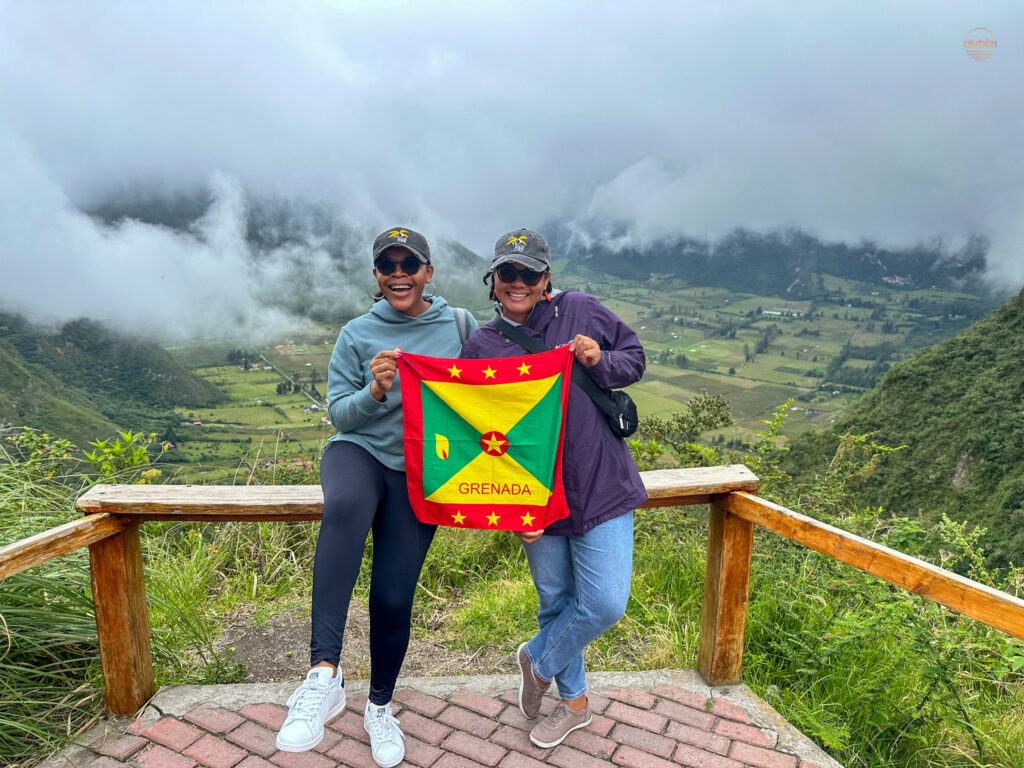
A little about Ecuador
The Republic of Ecuador, bordered by Colombia to the north and Peru to the east and south, is the smallest of the Andean countries, and the 4th smallest country in South America. As one of the world’s most environmentally diverse places, Ecuador is popular among adventure travelers and nature enthusiasts. As an Ecuador travel website says, “Where else on earth can you see first-hand prehistoric creatures roaming their indigenous habitats, see giant marine tortoises and marine iguanas, trek alongside active volcanoes, immerse yourself in the ancient culture of the Inca civilization, visit a world capital city standing only 15 miles from the Equator and situated at 2850 meters (9,000 feet) with over a million inhabitants!”
Ecuador, the Land of the Four Worlds, is divided into four regions: Galapagos, Coast, Andes, and Amazon. For this trip, we journeyed to the Andes region, dividing our time between Quito and Ibarra.
Getting to Ecuador
While there are three international airports in Ecuador, the one you will most likely fly into is Quito International Airport (Quito Airport Mariscal Antonio José de Sucre). From Grenada and other Eastern Caribbean countries, the most direct way to get to Quito is to transit through the US (MIA or JFK). Alternatively, you can get to Quito via Panama with COPA Airlines from Trinidad or Barbados.
Do Grenadian passport holders need a visa to visit Ecuador?
No! Grenadian passport holders do not need a visa for short-term stays, i.e. not more than 90 days.
Also good to know
Currency
Ecuador’s official currency is the US dollar. Bring sueltitos (small bills) with you as merchants may not accept denominations higher than $20. Even the ATMs don’t dispense higher than a twenty.
Altitude Sickness
If you’re headed to the Andes region, then you have to be prepared for the high altitude, especially if you’re coming from somewhere closer to sea level, you know, like an island. Quito is the second highest capital city in the world, and it took my breath away, literally. A casual walk felt like intense cardio, but I wouldn’t experience a full bout of altitude sickness until we got much higher in Cusco, Peru. In general, being used to aerobic activity will help, and you can get a prescription for altitude sickness medication such as Diamox. Once there, you’ll find local remedies such as coca leaf teas and candies and over the counter medicines. Remember to stay hydrated!
Check out this Quito elevation guide for more helpful information for preparing for the Andes altitude.
Ok, let’s get the Ecuador edition of Adventure in the Andes started!
Adventure in the Andes: Ecuador Edition
After a pre-dawn flight from JFK and a quick layover in Miami, we landed in Quito on Sunday afternoon. A forty minute drive later, we made it to our hotel, Hotel Finlandia, in Quito’s commercial district.
With only two full days in Quito, we had no time to lose! Here’s a look at what we did, saw and, of course, ate.
What We Did
Toured the oldest historic centre in the Southern Hemisphere
The Spanish founded Quito in 1534 on the ruins of an Inca city. In 1978, UNESCO designated the city of Quito as a World Heritage Site, and it became the first capital city in the world to receive this designation. To this day, Quito’s historic centre remains the best preserved example of colonial Spanish architecture in the Southern Hemisphere, and is the largest historical centre in South America.
As we learned in Mexico City, a hop on/hop off bus is a great way to sightsee when you’re short on time. We hopped on the Quito City Tour bus, skipped the first two stops, and got off at La Basílica del Voto Nacional, the largest neo-Gothic basilica in the Americas and Quito’s crown jewel.
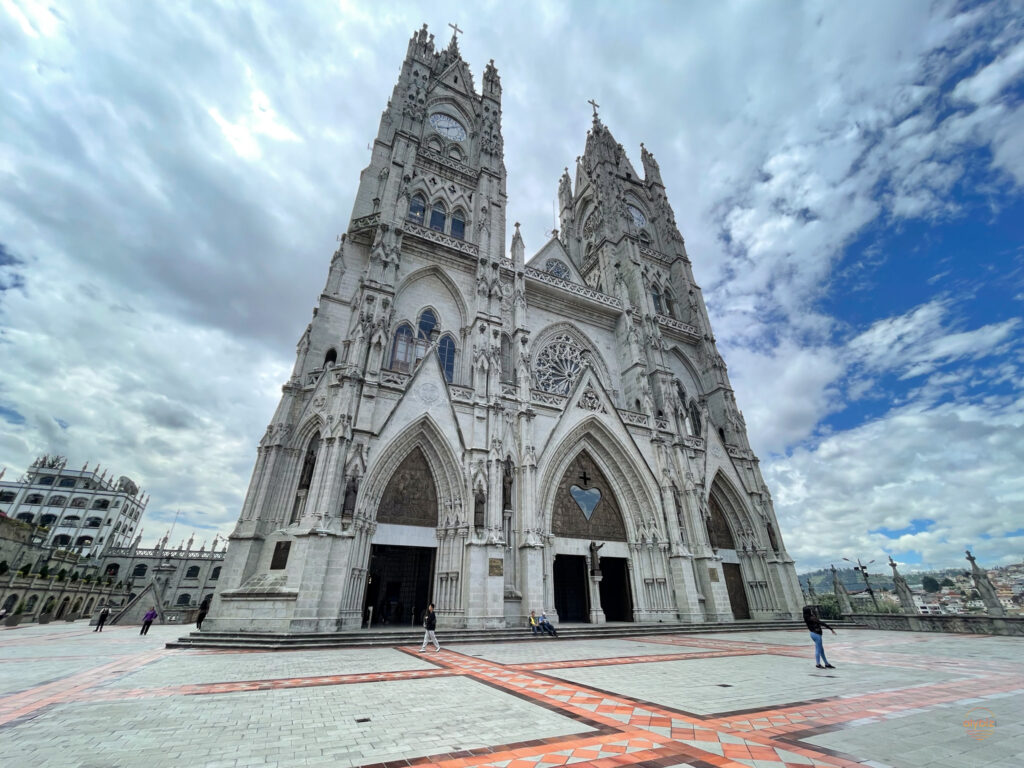
In 1883, Father Julio Matovelle proposed the construction of La Basilica del Voto Nacional as a monument to honor Ecuador’s consecration to the Sacred Heart. More than a hundred years later, the basilica was officially inaugurated in 1988. However, Ecuadorians do not consider it complete as local legend states that once construction is finished, so too is the world.
The Basilica is an architectural marvel with features that make it distinctly Ecuadorian. For example, instead of gargoyles, stone carvings of Ecuadorian animals like iguanas, Galapagos tortoises and condors adorn the outside. Check out this blog post that explains the Basilica’s unique architectural details.
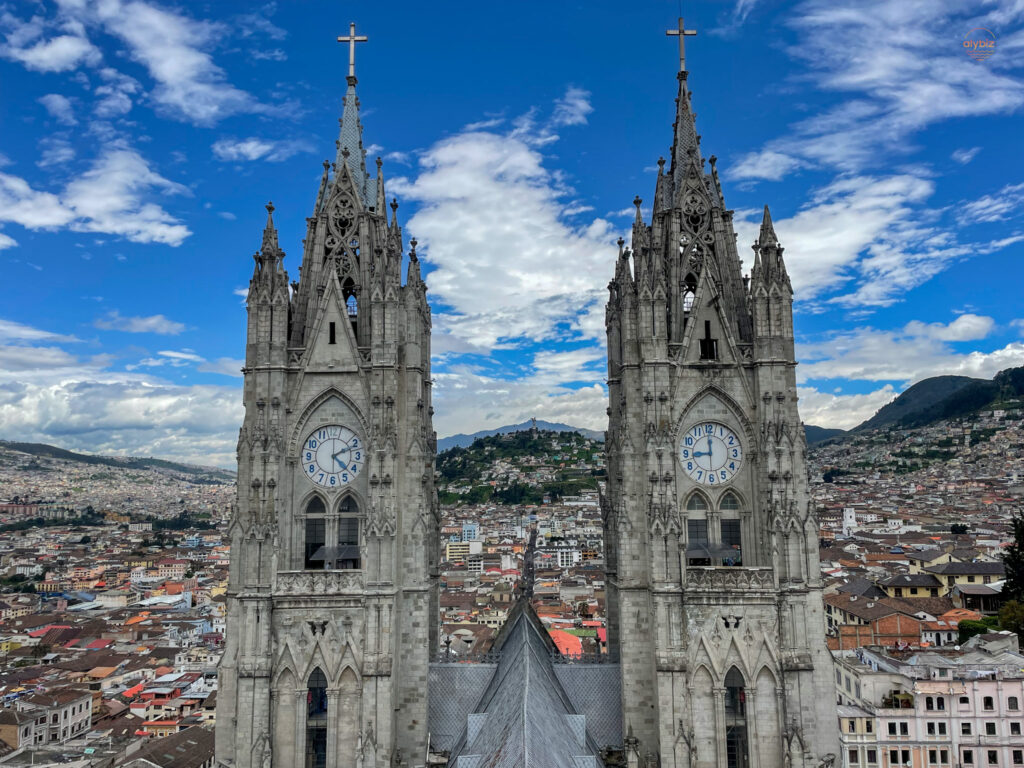
The hop on/ hop off tour also took us to the heart of Quito’s historic centre, Plaza San Francisco, where we strolled along narrow streets and peeped inside a lot of churches, including one decked out in gold.
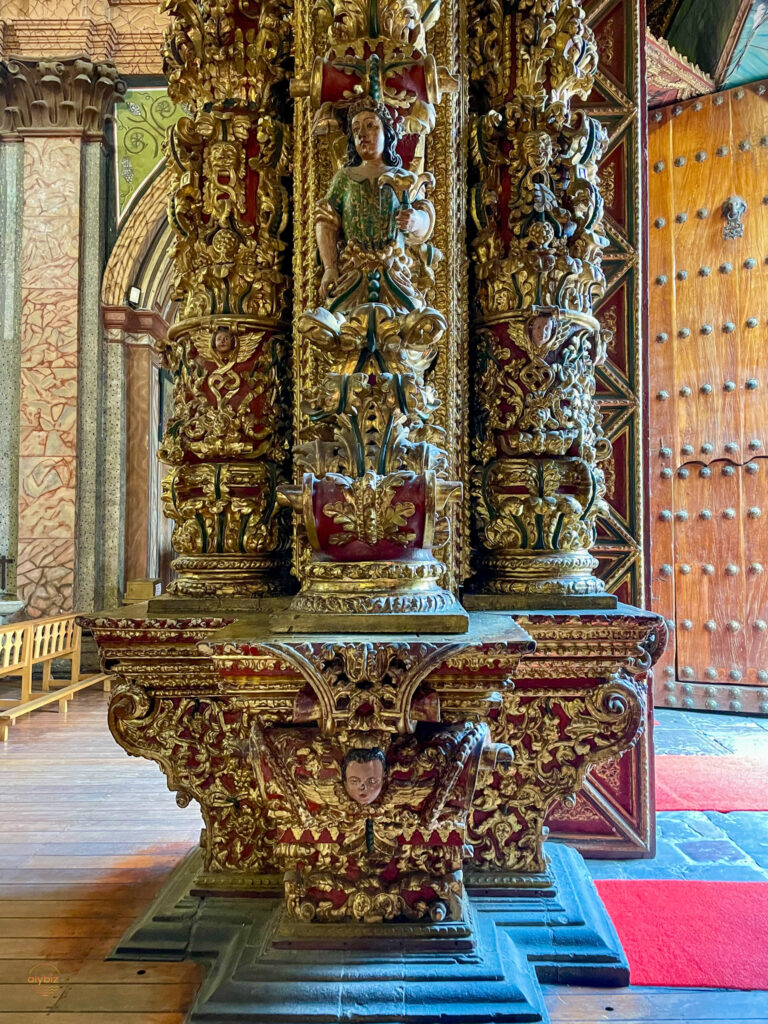
The final stop on the tour takes you up some narrow, winding streets (reminded me of the journey to the “Bunkers” in Barcelona) to El Panecillo, which means Little Loaf of Bread, where the largest aluminum statue in the world, La Virgen de Quito, stands.
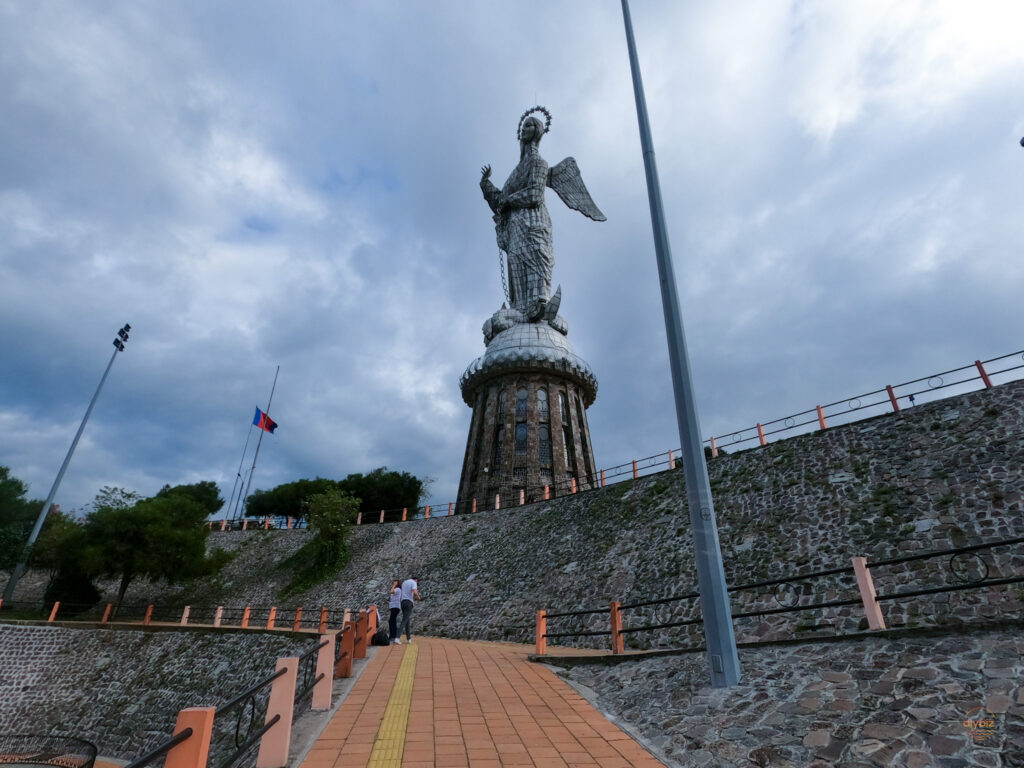
Visited the Pululahua Geobotanical Reserve
The Pululahua Geobotanical Reserve is the largest of two inhabited volcanic craters in the world. Pululahua, which means cloud of water in local Quichua language, was designated as mainland Ecuador’s first protected area in 1967 and is home to multiple species of bromeliads, orchids and other flora, and 180 species of birds and other animals. While at the geobotanical reserve, you can go hiking, horseback riding, or just admire the beauty of the clouds rolling in.
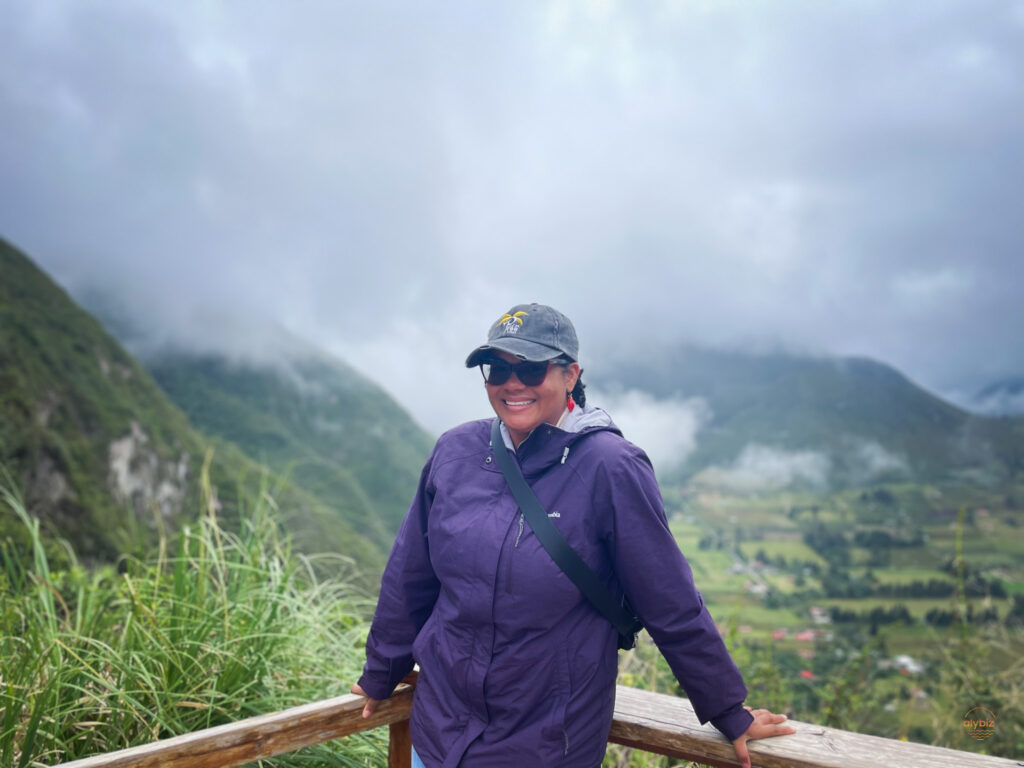
Visited the Middle of the World
Ecuador is one of 13 countries in the world that lies on the equator. In June 1736, the French Geodesic Mission to the Equator, an expedition to determine the exact location of the equator, arrived in the Territory of Quito. Two hundred years later, in observance of the geodesic mission’s 200th anniversary, an equatorial monument, which later became Ciudad Mitad del Mundo, was unveiled. Today, Ciudad Mitad del Mundo is a popular tourist destination in Quito with a range of educational and cultural experiences, e.g. a planetarium and museum exhibits, as well as restaurants and accommodations.
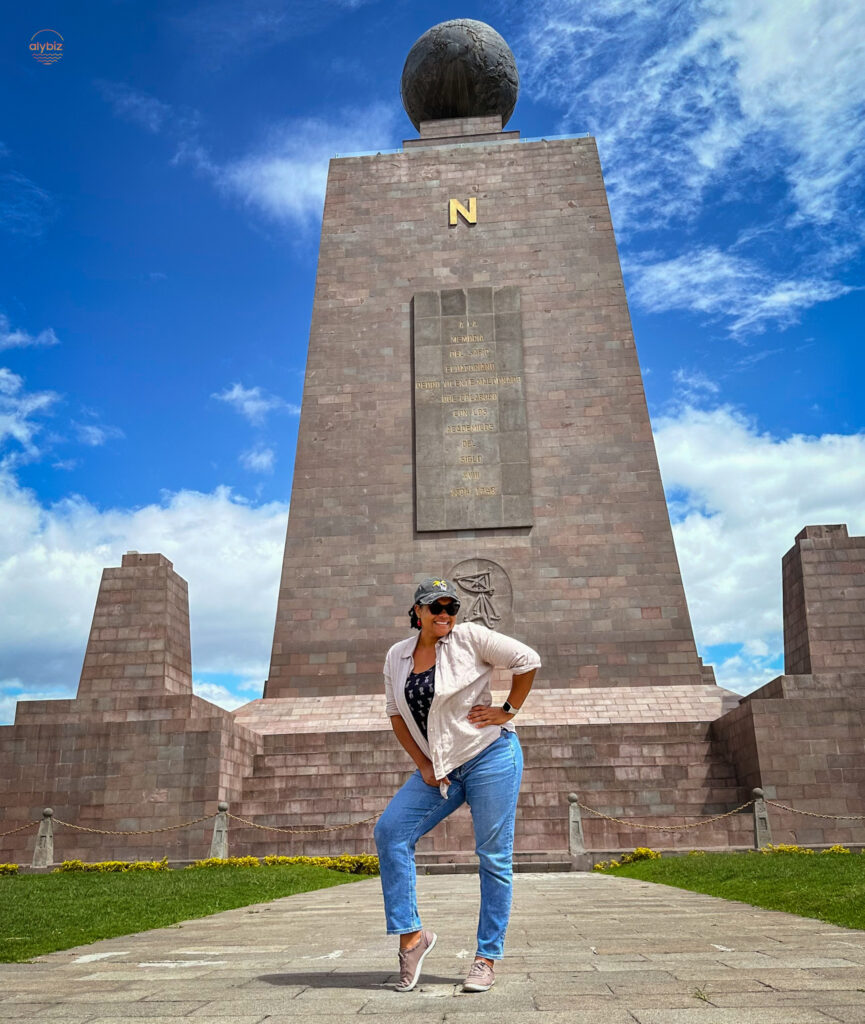
…And became an egg master at Latitude 0.00
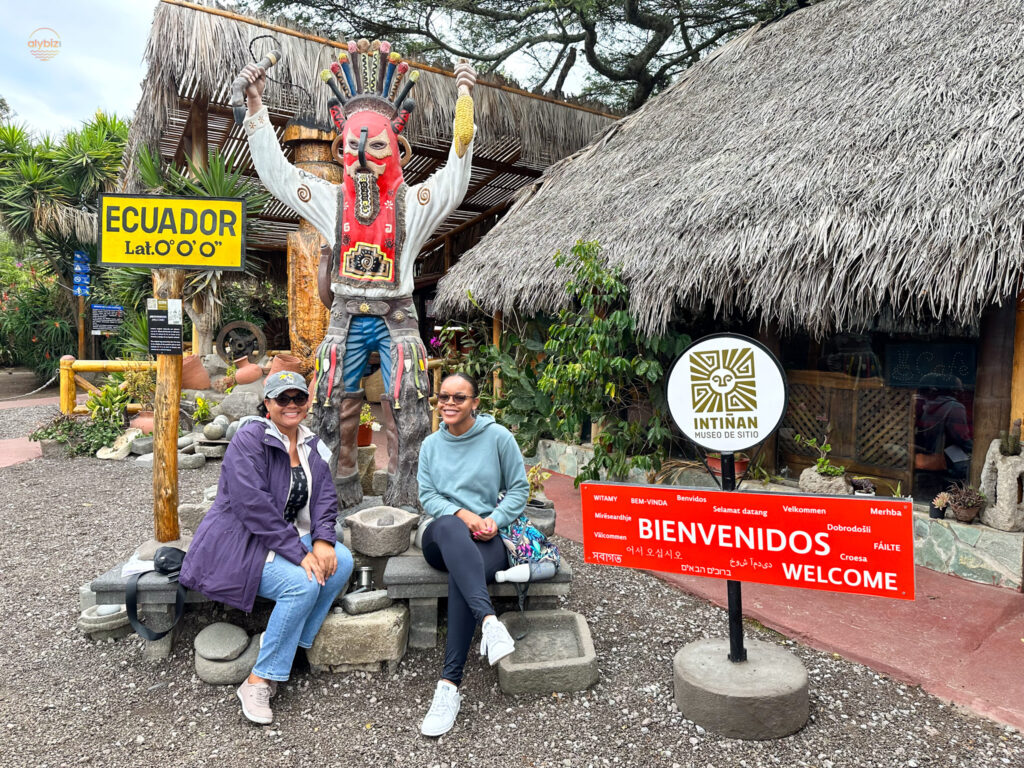
Located not too far away from the equatorial monument Mitad del Mundo, the Intiñan Museo del Sol, or Intiñan Solar Museum, is an interactive museum about the culture of the Equinox Zone, highlighting the indigenous traditions, practices and lifestyles of the area. The museum also claims to be on the real equatorial line, that is latitude zero, and visitors can experience what it’s like being in both hemispheres simultaneously. Activities include learning about the Coriolis effect and trying to walk in straight line on the equator. You can also try to balance an egg on a nail, the activity for which I am a master.
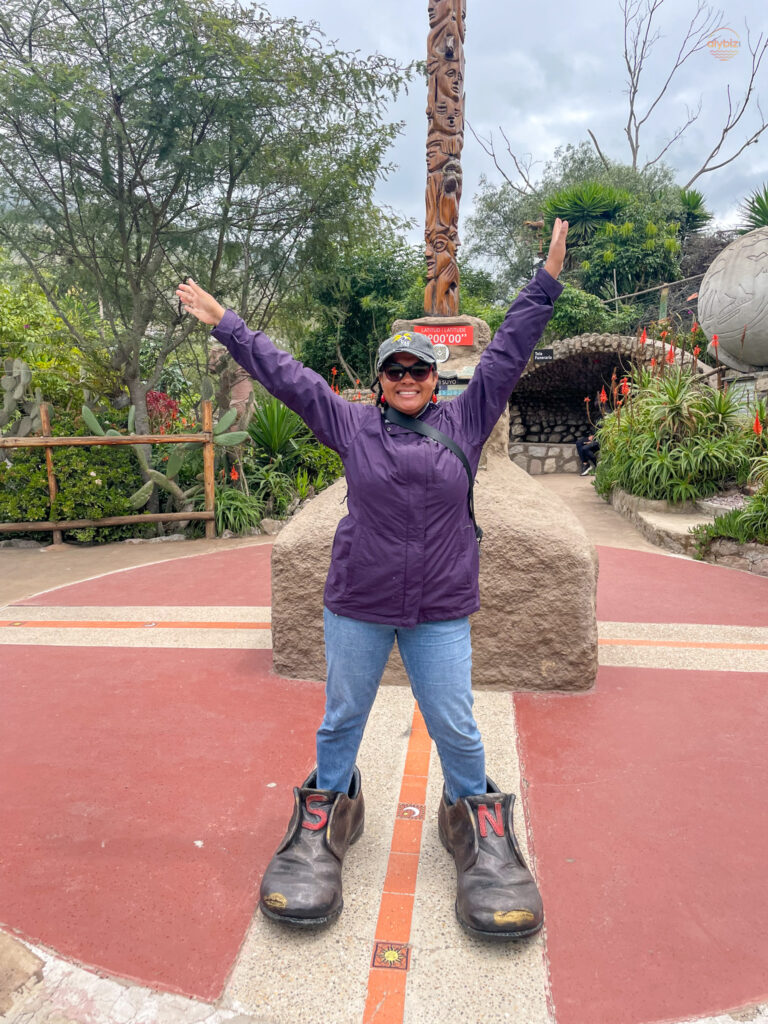
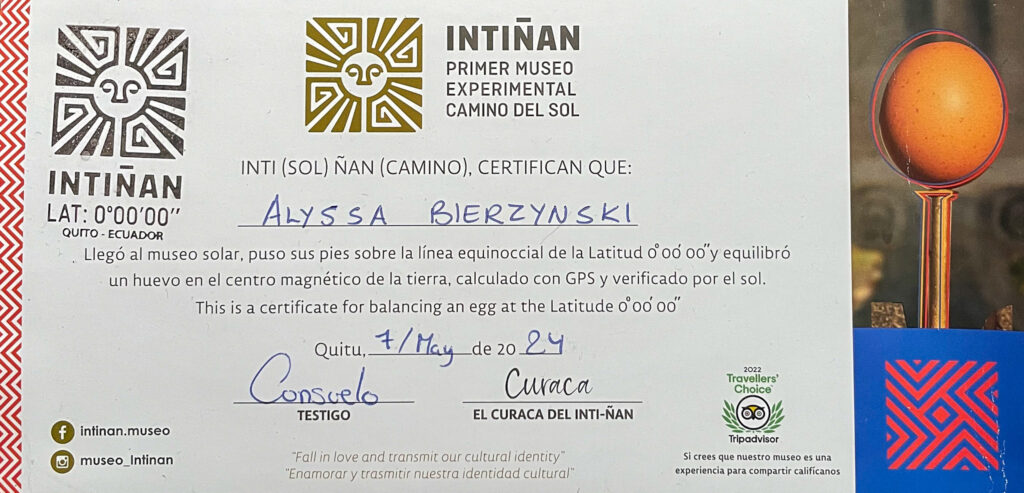
Where We Ate
Since we were only in Quito for two days, we didn’t fully experience Quito’s food scene. Nevertheless, we had two outstanding dining experiences.
La Vid Restaurant
La Vid Restaurant, in the heart of Quito’s historical centre, was actually a restaurant that we stumbled upon during our visit to the historical centre. With amazing views, wonderful service and delicious food, we were not disappointed.
To start, I had a typical Ecuadorian soup, Locro Quiteño, which is a creamy potato soup with cheese and avocado. I ordered the day’s special for my entrée, and to be honest, I wasn’t sure what I was getting myself into. But that grilled octopus and shrimp were worth the surprise. For dessert, I had the soursop and blackberry sorbet – an unexpected but thoroughly enjoyable combination.
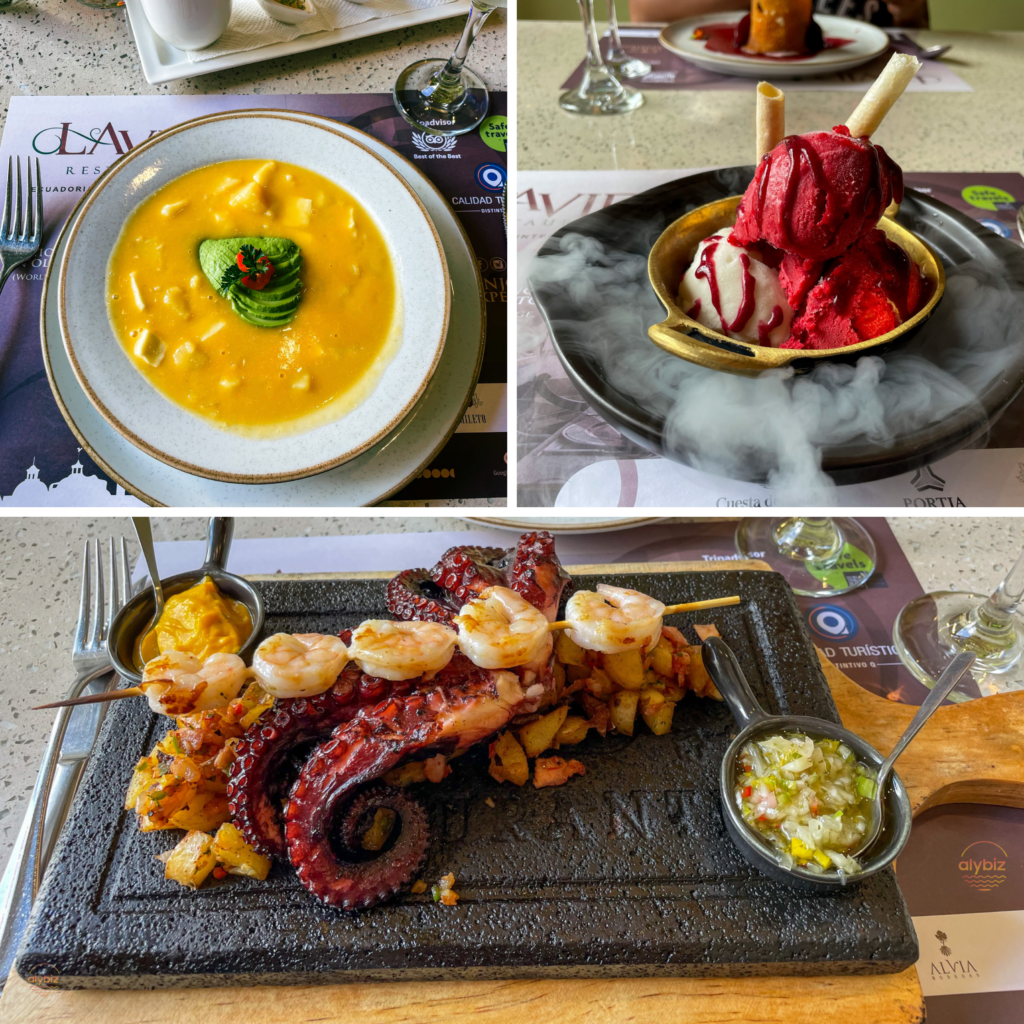
Somos
We consulted the 50Best list to find our restaurant for our final dinner in Quito. Somos, described as a colourful Ecuadorian journey, offers globally inspired dishes using local ingredients, flavours and traditions.
Dinner, from the empanadas to the goat ragu, was delicious. But the standout for me was my chocopop dessert – chocolate cake with popcorn ice cream.
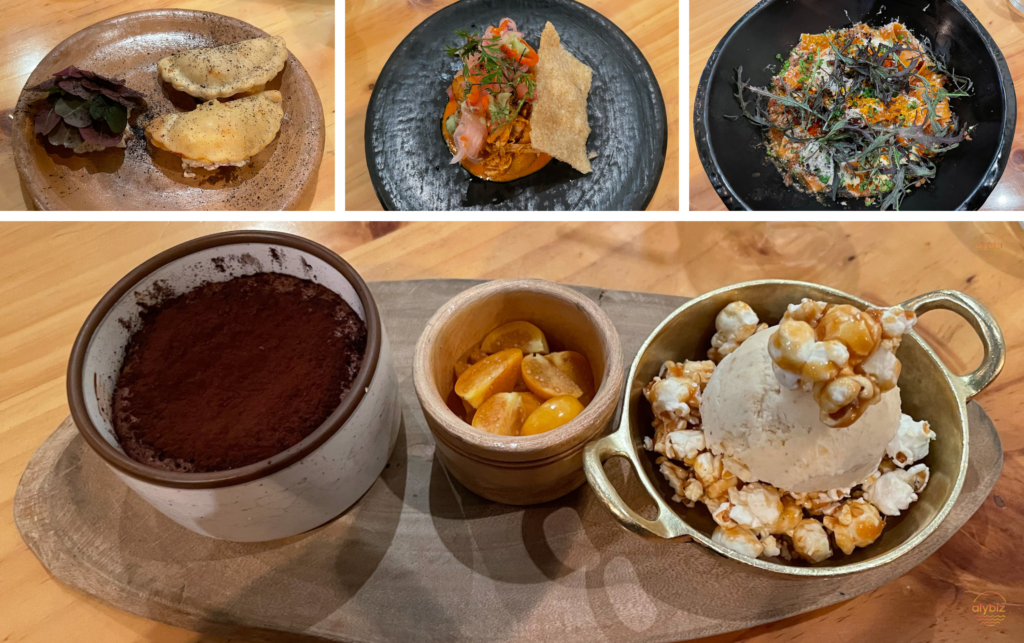
To use Annie’s words, Quito was the gem we didn’t know we needed to discover! After Quito, we drove 2.5 hours north to Ibarra. Check out my Postcards from Ibarra!

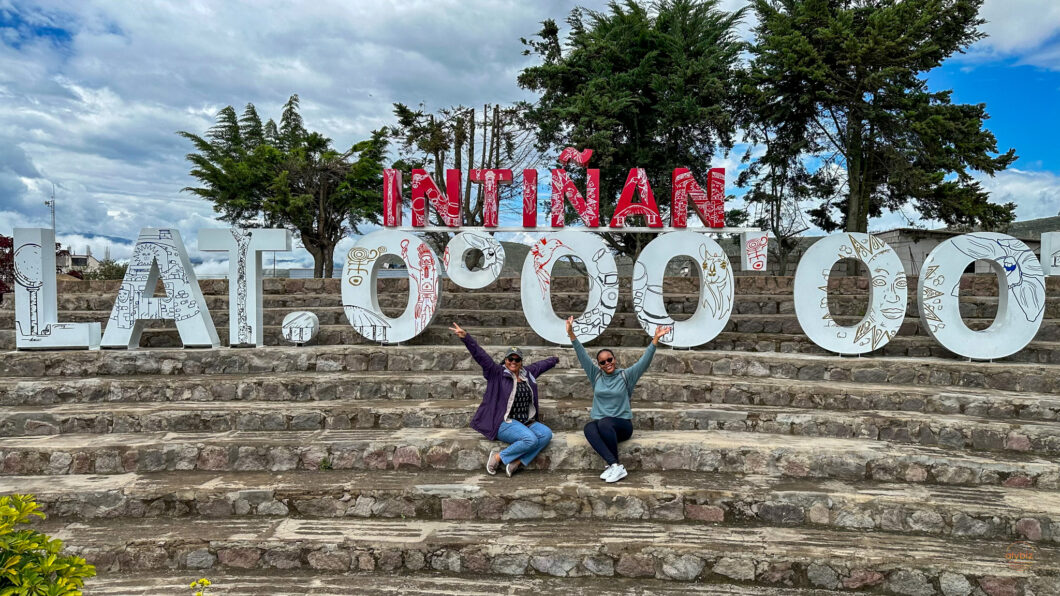
Pingback: Postcards from Ibarra • Adventures of an Island Girl